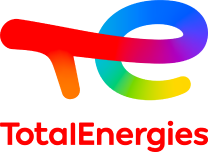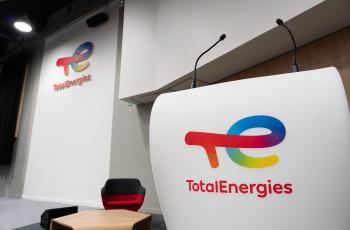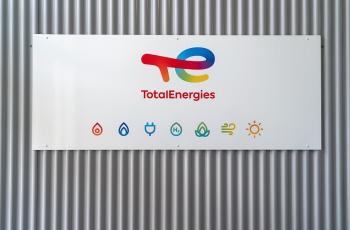The Chairman and Chief Executive Officer assumes the general management responsibilities of TotalEnergies SE. He chairs the Executive Committee and Company Performance Management Committee and organizes and oversees the work of the Board of Directors. The Chairman and Chief Executive Officer liaises between the Board of Directors and shareholders. The rules of procedure of the Board of Directors detail the responsibilities and authority of the Chairman and Chief Executive Officer of TotalEnergies SE.
A unified management structure, tailored to the Company’s requirements
On December 16, 2015, the Board of Directors decided to reunify the positions of Chairperson and Chief Executive Officer of TotalEnergies SE. This unified management structure is considered to be the best suited to meet the challenges and specificities of the energy sector, which is facing major transformations. Since December 19, 2015, Mr. Pouyanné has been Chairman and Chief Executive Officer of TotalEnergies SE.
Find out more about unified management and the balance of power within governance bodies (pdf)
A compensation policy aligned with the Company’s strategic targets
The compensation awarded to the Chairman and Chief Executive Officer is indexed to key performance indicators used to measure the success of the Company’s strategy. In order to determine a compensation aligned with the Company’s performance, the variable portion of the Chairman and Chief Executive Officer’s compensation takes into account both quantifiable targets (financial, Safety and GHG emission evolution parameters) and qualitative criteria (personal contribution). The Board of Directors has also integrated climate issues into compensation structures for several years.
Learn more about the compensation policy of the Executive Director (pdf)







